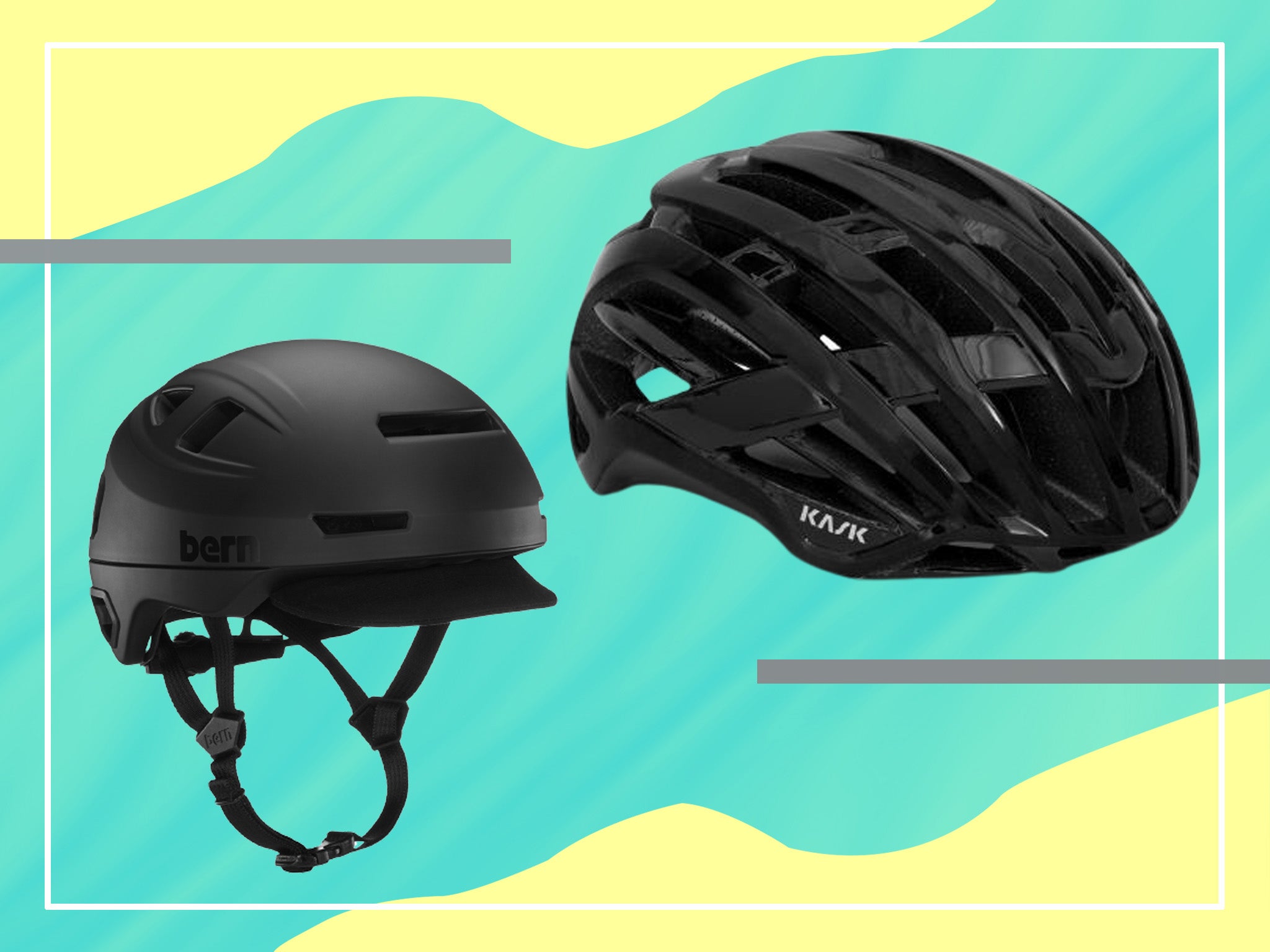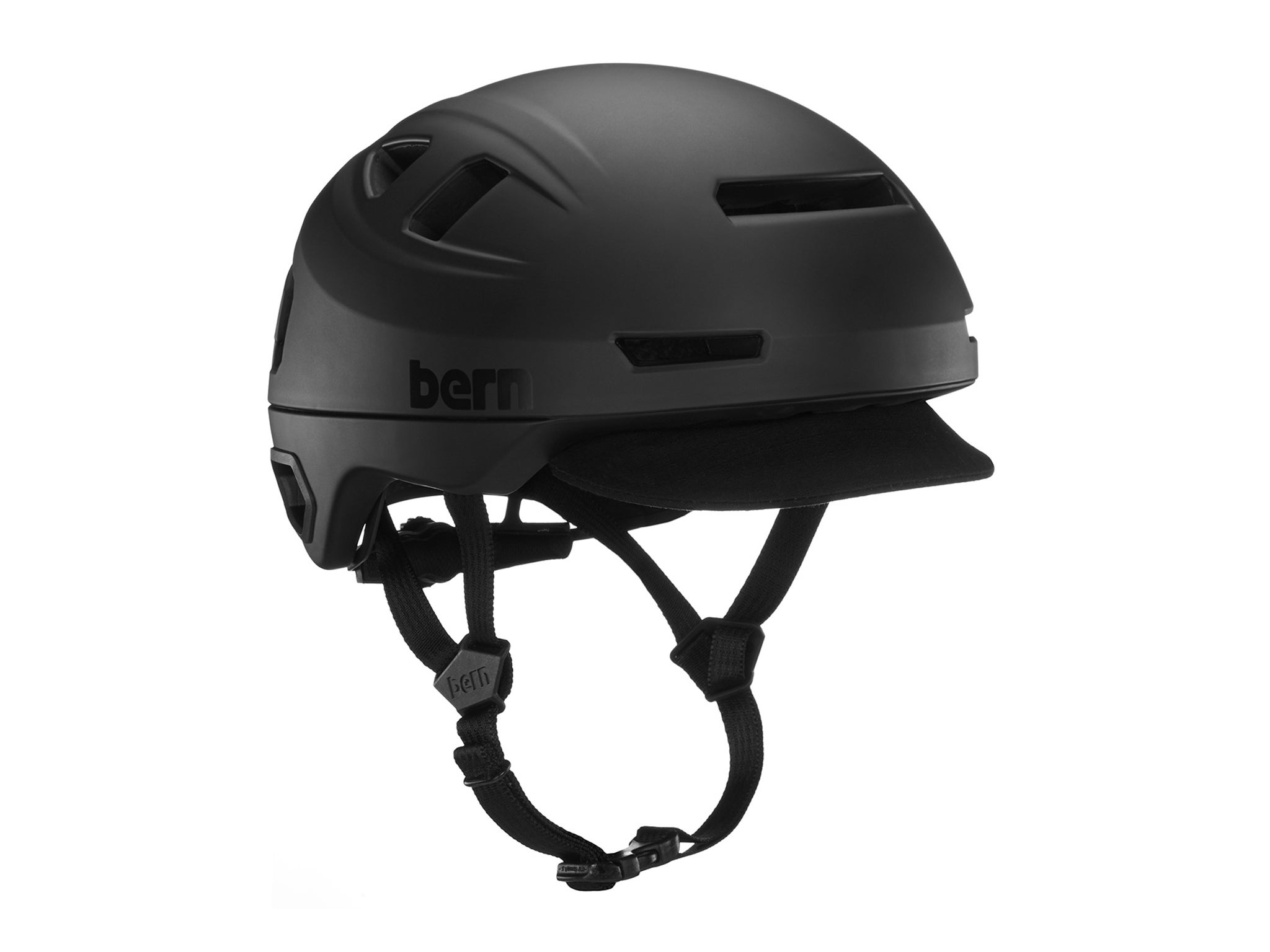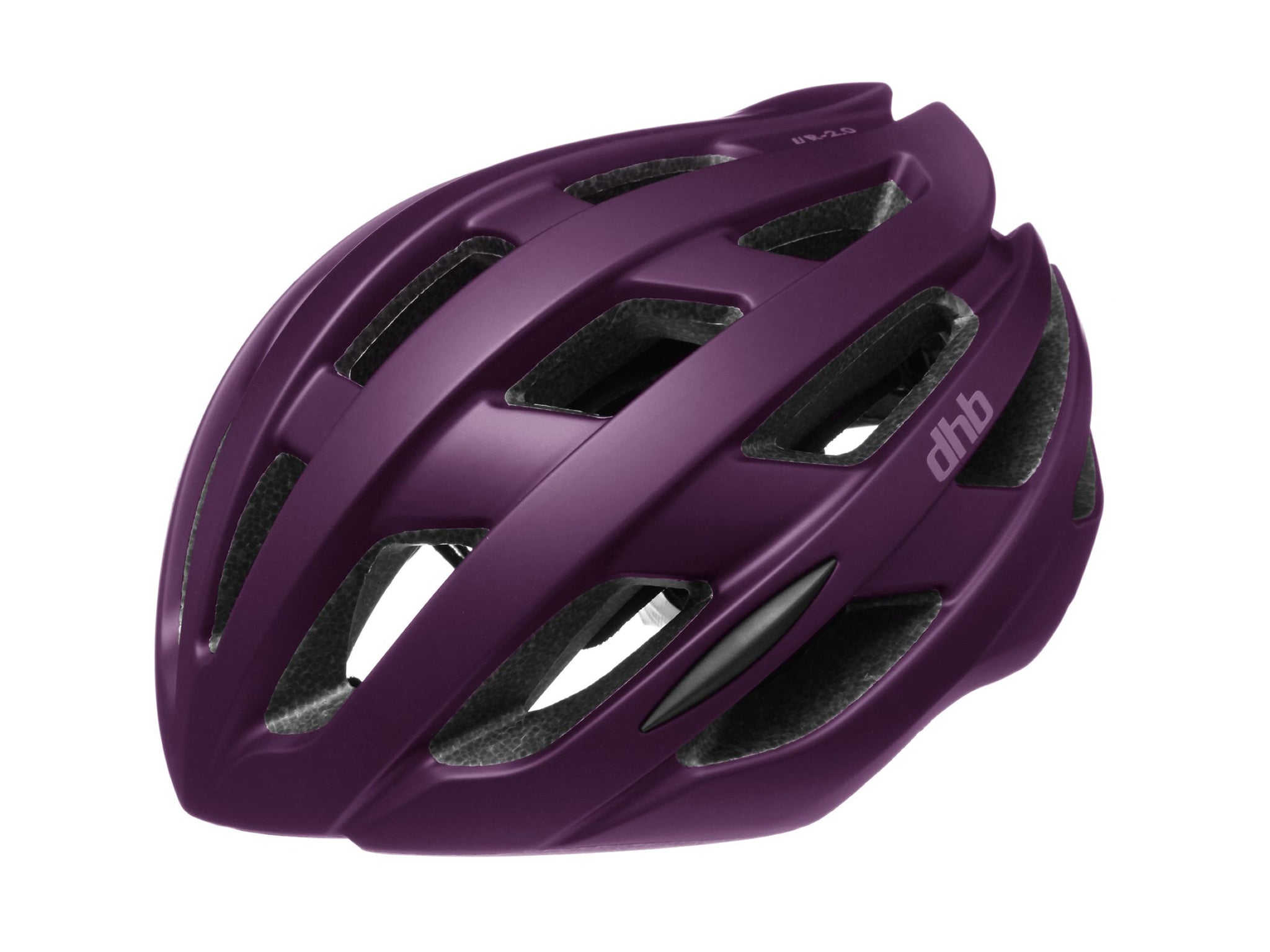The Independent's journalism is supported by our readers. When you purchase through links on our site, we may earn commission. Why trust us?
Helmet buying guide: Everything you need to know, from safety features to comfort
From finding the right fit to keeping cool on summer rides, here’s our top tips for staying safe on wheels

Looking for a new cycling helmet right now? Well, you’re spoilt for choice – there has never been a better selection of styles available, and at prices to suit all pockets.
Whether you are a weekend warrior who loves to show off the latest styles in the café, or you have taken the plunge and now commute to work every day, the ideal “lid” is waiting out there for you.
The number one rule when buying a helmet is to choose one you are happy to wear – it’s not going to help you unless it’s on your head. Buy a super-light £300 helmet and you’ll be terrified of getting it knocked while it’s sitting under your desk after riding to work; by the same token, a sturdy commuter model won’t be much fun to wear when chasing Strava times up the local hills. If you do a bit of both types of riding then shop around and you will soon find a decent all-rounder.
Plenty of people have been dusting off old bikes and digging them out of their garages and garden sheds since Covid-19 struck – but doing the same with an old helmet would be a mistake.
The materials used to make them can deteriorate over time, and yours may have suffered a knock or damage which may not be obvious to the eye but could affect its ability to protect you.
Read more:
It’s a good idea to buy a new helmet at least every five years, or sooner if it has seen a lot of use. Too much sweat, UV light from the sun and some chemicals including those in sun cream can all degrade your helmet over time. And if you are unlucky enough to be involved in a crash, always check for damage and throw it away if it has taken an impact.
Whatever model you buy, make sure you look out for the “BS EN 1078” marking, which will be represented with a “CE” symbol. It ensures your helmet meets the strict British and European safety requirements.
But remember, the standard only requires a manufacturer to design their helmet to withstand impacts from a stationary position, so they are no substitute for having good riding skills and keeping your wits about you.
There is no need to spend a fortune on a new helmet. A £300 lid may look slick and will probably be lighter, but it will not necessarily offer any more protection than a £50 one – an approved helmet should give you the same protection regardless of the price.
Read more: Cycling essentials: All the gear you need to ride safely
If you’re after the ultimate safety, look out for features such as a multi-directional impact protection system (MIPS). MIPS is a thin plastic lining inside the helmet which allows the shell to shift slightly during impact, reducing any twisting forces delivered to your head.
While it’s perfectly legal to ride without a helmet in the UK, it’s certainly not a bad idea to wear one, especially if you are the sort of rider who likes to whizz around at speed. One Australian study showed that wearing one reduced the risk of serious head injury by 69 per cent and reduced the risk of fatal head injury by 65 per cent.
Wearing one in the summer will help to protect your head from the sun and can even keep you comfortable, as cleverly-designed vents direct airflow over your head, cooling it more effectively than going bare-headed.
And if you choose a helmet in a bright colour such as high-vis yellow, you will also be more visible on the road. Many manufacturers incorporate reflective details and even LED lights into their designs, making them great choices for commuters.
You can trust our independent reviews. We may earn commission from some of the retailers, but we never allow this to influence selections. This revenue helps us to fund journalism across The Independent.

How do I know what size helmet to buy?
Most helmets come in a range of sizes, from small through to extra large, and brands will give the appropriate measurements on their websites – you’ll just have to dig out a tape measure to take the circumference of your head to work out which one you need.
To fine-tune the fit, use the retention system – it’s often a wheel at the rear or on the top of the helmet – to tighten or loosen it. On many designs you can also tinker with the internal cage that supports the main structure of the helmet, making it sit lower or higher on the head and altering how the retention straps sit around your ears.
Read more: 12 best men’s cycling jackets for autumn/winter
If there are adjustable side buckles, open them and position them just below your ears. Then tighten the chin strap to a point where you can still fit two fingers under your chin when it is clipped together.
When set up correctly it should be tight enough to not move around when you shake your head, but it should never feel restrictive. You should be able to move your head all the way forward with the straps still undone without it falling off.
Bear in mind that helmets from different manufacturers can come in subtly different shapes – some rounder, others more oval – so it can be a good idea to try out helmets from different makers to find the one that suits you best. Maybe ask friends and family if they will let you try theirs on before committing to a particular model.
Which bike helmet is right for you?
If you’re after a helmet to wear on long summer days on the road, you’ll need something lightweight and well ventilated. And if you’re a budding racer you’ll want it to be aerodynamic too.
We really rate Kask’s valegro (£149, Wiggle.co.uk). In small size it weighs in at a measly 180g – so light you will hardly notice you’re wearing it. You might have seen it being used in races by riders on Team Ineos – and no wonder, because it offers plenty of ventilation, making it ideal for long, hot climbs.
Read more: Everything you need to know about frame sizes, saddles and accessories
If you’re looking for a helmet for commuting there are a few more things to consider. You’ll want something a bit more rugged to survive the bumps and knocks your lid will be subjected to day-to-day. And if you’re planning to ride through the autumn and winter it’s a good idea to find a design with fewer vents to keep the colder air out.
Bern’s Hudson MIPS (£109.99, Wheelbase.co.uk) looks great and is also designed to be a bit tougher, for use with e-bikes and e-scooters. At 376g in a size medium, it’s a little heavier than many sports-focused lids but is rugged, comfy and includes MIPS and an integrated, rechargeable rear light for safety.
If you are after a more sporty style at a bargain price, you could look at dhb’s bargain R2.0 (£50, Dhbsport.com). At £50, it’s a real steal.
When buying for children, again the golden rule applies – make sure you find a helmet they will want to wear. All the major manufacturers provide designs for youngsters, including MET Helmets, Giro and Lazer, with a brilliant range of styles.
Some look like scaled down versions of the ones worn by parents or carers, others are adorned with anything from mohawk stripes to Batman ears to encourage them to wear it on every ride.
Read more: 8 best padded bike seat cushions and covers for a comfy, pain-free ride
As kids are a bit more rough and tumble than adults, make sure you regularly take a look at their helmet and check it for bumps, cracks and other damage. If you are in any doubt at all, either replace it with a new one or get it professionally checked before using it again.

Where to buy a bike helmet online
Your local bike shop will have a limited stock of helmets, but online sites such as Wiggle, Merlin Cycles or Sigma Sports can hold much bigger ranges from a number of manufacturers.
Make sure you read the reviews to find out what others think of the different designs, and talk to your cycling friends too, and get their advice on what works for them.
The verdict: Cycling helmets
Don’t let anyone tell you that you have to wear a helmet – it’s a matter or personal choice and plenty of people, many of them daily commuters, don’t bother wearing one and live to tell the tale. But if you are in an area which doesn’t have great cycling infrastructure, or you’re a sporty rider who is more likely to be travelling at higher speeds, you will feel a lot safer with one protecting your head.
Helmets have come on in leaps and bounds since the hot and heavy designs that started to appear on our streets in the mid-80s. Many were so uncomfortable it’s no wonder they took a long time to become popular. Modern versions are astonishing and well worth trying out if you are a helmet sceptic – they can even help to keep your head cool thanks to the use of clever air vents and channels.
Whatever you decide to do, always remember that a few grams of plastic protection won’t make you invincible, so keep your eyes and ears open when mixing it up in traffic.
Voucher codes
For the latest discounts on cycling gear and other sports buys, try the links below:
For more cycling essentials, check out our best cycling water bottles, from insulated to easy-grip models